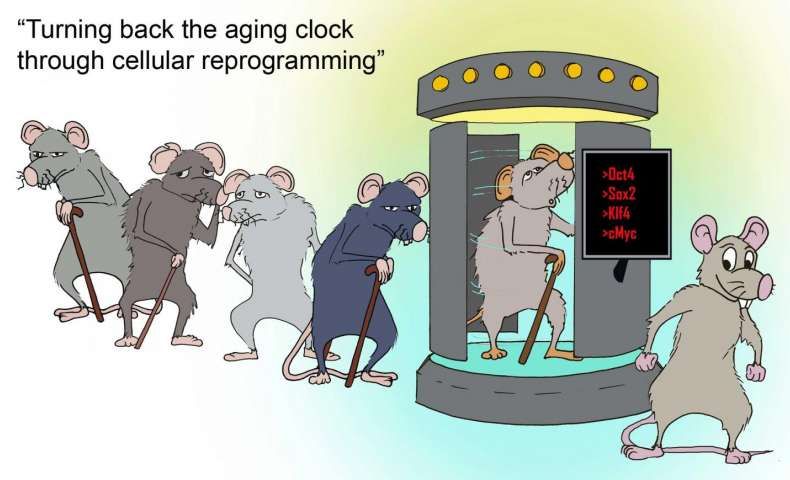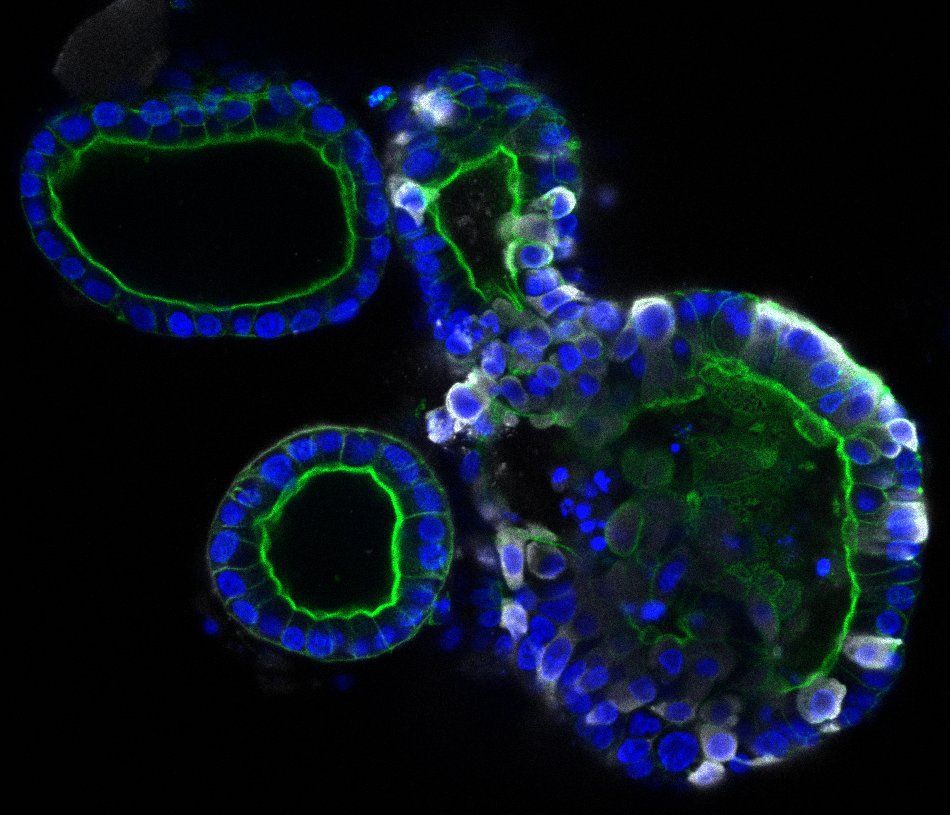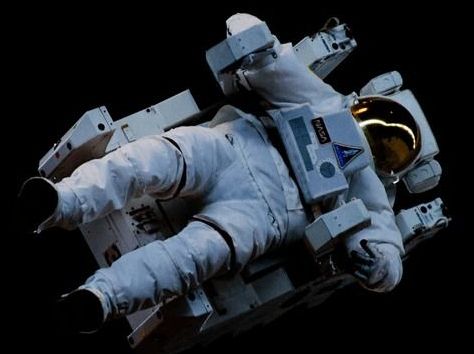Humans are launching four separate missions to Mars in July 2020 (via @ Seeker)
Get the latest international news and world events from around the world.



Controversial Coronavirus Lab Origin Claims Dismissed By Experts
“Properties that have never been found in nature”
New claims that the novel coronavirus SARS-CoV-2 was engineered have been dismissed by scientific and intelligence experts.
The authors of a British-Norwegian vaccine study—accepted by the Quarterly Review of Biophysics—claim that the coronavirus’s spike protein contains sequences that appear to be artificially inserted.
In their paper, the Norwegian scientist Birger Sørensen and British oncologist Angus Dalgleish claim to have identified “inserted sections placed on the SARS-CoV-2 spike surface” that explains how the virus interacts with cells in the human body. Virologists, however, note that similar sections appear naturally in other viruses.


Out With the Old Blood
There is great promise in 2020 that we might be able to make our bodies young without having to explicitly repair molecular damage, but just by changing the signaling environment.
Do we need to add signals that say “young” or remove signals that say “old”?
Does infusion of biochemical signals from young blood plasma rejuvenate tissues of an old animal? Or are there dissolved signal proteins in old animals that must be removed?


Family seeking help for Kato mother of eight with rare brain tumour
Almost a year after being diagnosed with a rare brain tumour, a mother of eight of Kato Village, in Region Eight, is now slated to undergo the first phase of her treatment tomorrow.
Junita Gomes, a former teacher, was diagnosed with acoustic neuroma on March 5th, 2019. She is currently bedridden and unable to see, speak, eat, or hear.

How ‘microgravity’ changes the bodies of astronauts
Being an astronaut looks like an exciting and glamorous career. But have you ever thought about the dangers that these people face by being exposed to extreme conditions, such as radiation and microgravity?
Living and working in microgravity can impact your whole body in different ways. On the other hand, the human body is capable of adapting its physiology to survive in diverse conditions.